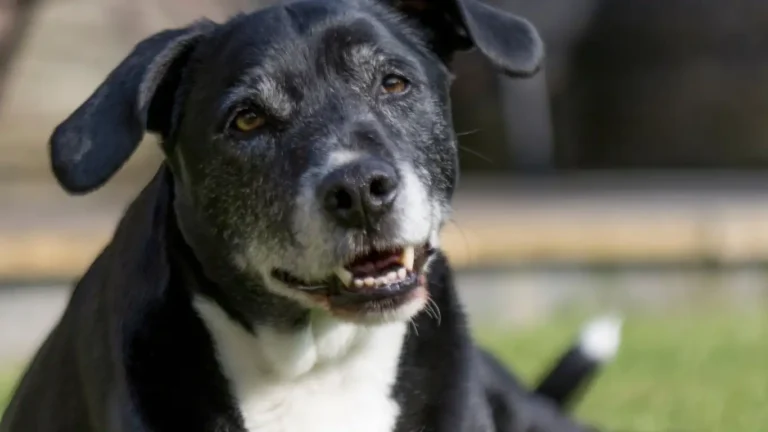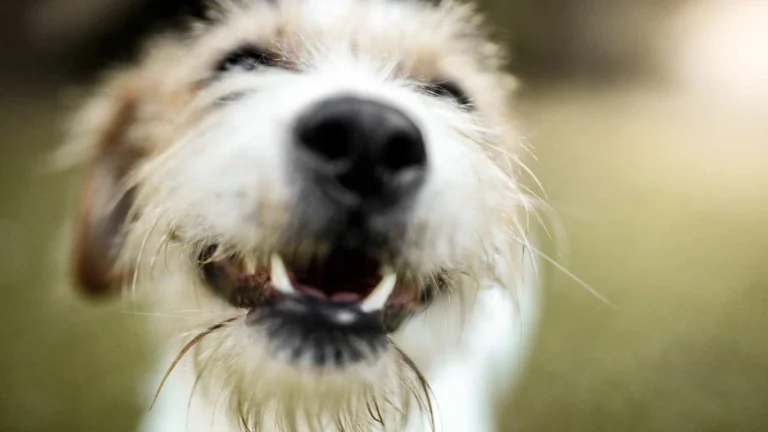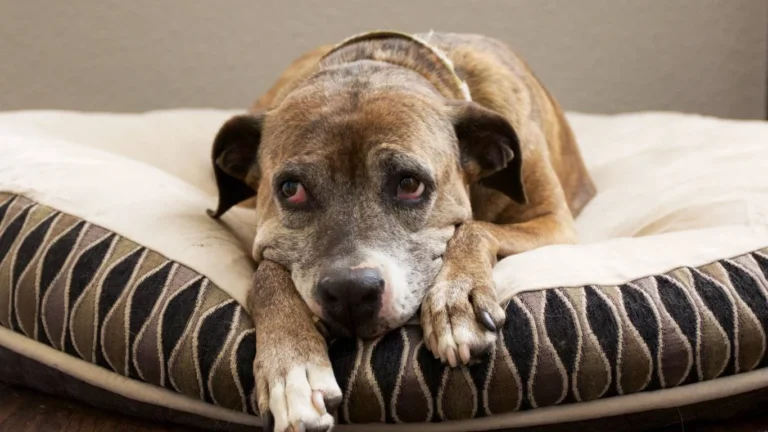How to Feed a Dog with a History of Bladder Stones: Tips to Prevent Recurrence
As a Pet Nutritionist with years of experience working alongside veterinarians, I’ve seen it all when it comes to managing our furry friends’ health. One of the most challenging situations for both pet owners and their dogs is dealing with bladder stones. If your dog has a history of bladder stones, you probably know the anxiety that comes with trying to figure out the best way to feed them and avoid future issues. Not to worry! In this article, I’ll walk you through everything you need to know about feeding a dog with a history of bladder stones, including practical advice, tips, and expert insights that will help keep your dog healthy, happy, and stone-free. Let’s dive right in.
Understanding Bladder Stones in Dogs

Before we get into the nitty-gritty of how to feed a dog with a history of bladder stones, it’s essential to understand what bladder stones actually are. Bladder stones, or uroliths, are hard mineral deposits that form in the urinary tract. They can be made up of different minerals such as calcium oxalate, struvite, or urate. When they form in your dog’s bladder, they can lead to painful urination, frequent urination, blood in the urine, or even more severe health issues like urinary blockages. If not treated properly, bladder stones can lead to recurring infections or damage to the urinary tract.
Some dogs are more prone to bladder stones due to genetic factors, breed, or even diet. This is where proper feeding habits come into play. The food you provide can play a huge role in managing your dog’s bladder health and preventing the formation of new stones. So, how do you feed a dog with a history of bladder stones to reduce the risk? Let’s break it down.
How Diet Plays a Role in Preventing Bladder Stones
Why the Right Diet Matters
Feeding your dog the right diet after they’ve had bladder stones is crucial in preventing recurrence. A poor diet can lead to an imbalance in your dog’s urinary pH levels, contributing to the formation of new stones. Different types of stones are influenced by different factors, like the type of food your dog eats, how much water they drink, and whether they have any underlying health conditions. So, making some dietary changes can have a big impact on your dog’s future health.
The Key to a Balanced Diet
In my experience, a balanced, carefully chosen diet that’s tailored to your dog’s specific needs is essential. Here are some general guidelines that can help manage their bladder health:
- High-Quality Protein: Dogs with bladder stones often benefit from high-quality protein sources such as chicken, turkey, or lean beef. These proteins help to maintain healthy muscle mass without putting stress on the urinary system.
- Controlled Minerals: Limiting minerals such as calcium and phosphorus in your dog’s diet can help reduce the risk of stone formation. Special veterinary diets may be formulated to control these levels while still providing essential nutrients.
- Increased Water Intake: Water is absolutely critical in preventing bladder stones from forming. Always make sure your dog has access to fresh water, and consider wet food options to help increase their hydration.
Now that we’ve got the basics covered, let’s talk about what specific foods are good and bad for dogs prone to bladder stones.
Foods to Avoid and Foods to Include
Foods to Avoid
Some foods can aggravate the situation and lead to the formation of bladder stones, depending on the type your dog is prone to. Here are some foods to steer clear of:
- High Oxalate Foods: For dogs prone to calcium oxalate stones, you’ll want to avoid foods that are high in oxalates. These include spinach, sweet potatoes, and beets.
- Excessive Protein: While protein is important, too much of it can contribute to the formation of urate stones. Be cautious of feeding your dog overly rich or fatty foods, as it can disrupt their urinary balance.
- High Salt Content: High-sodium foods should be avoided, as they can dehydrate your dog and contribute to kidney issues, which may indirectly influence bladder health.
Foods to Include
Now let’s look at some of the best food options to help manage bladder stones:
- Prescription Diets: These are specially formulated diets designed to manage and prevent bladder stones. They help control mineral levels and promote healthy urine pH. Your vet may recommend a prescription diet based on your dog’s specific condition.
- Fresh Proteins: Lean proteins like chicken or turkey are ideal for dogs with bladder stones. They provide essential nutrients without increasing the mineral load on your dog’s system.
- Water-Rich Vegetables: Vegetables like cucumbers, carrots, and zucchini are not only low in oxalates but also high in water, which can help keep your dog hydrated.
Feeding your dog a well-balanced diet that’s tailored to their specific needs can be a game changer in preventing bladder stones from coming back. It’s important to keep in mind that a one-size-fits-all approach doesn’t work when it comes to feeding dogs with a history of bladder stones. Consulting your veterinarian and possibly a pet nutritionist to create the best plan for your dog’s unique situation is always the best approach.
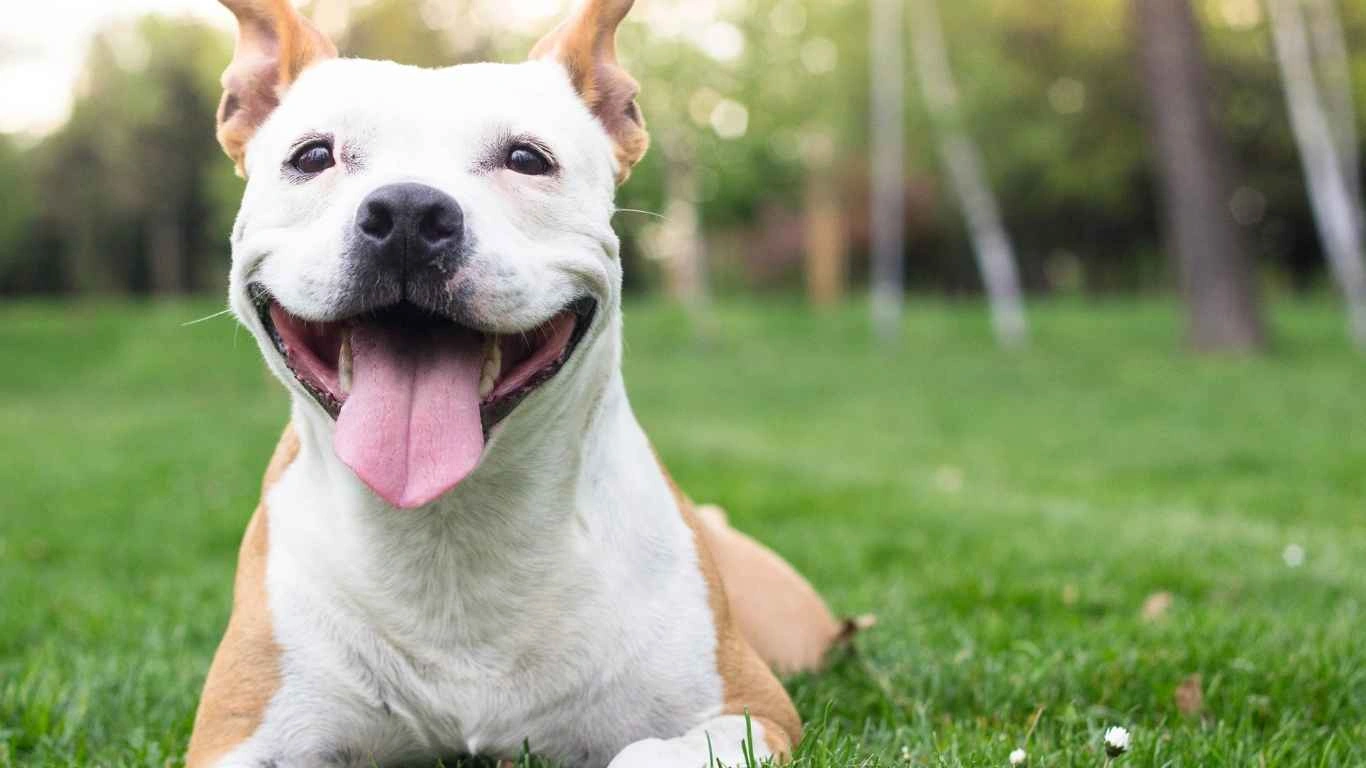
How to Choose the Right Food for Your Dog
Veterinary-Approved Diets
If your dog has a history of bladder stones, the first thing I’d recommend is asking your vet about prescription or veterinary-approved diets. These formulas are designed to manage specific conditions, including bladder stones. They are typically low in the minerals that contribute to stone formation while still offering the essential nutrients your dog needs. A vet will consider the type of bladder stones your dog has, as well as their breed, age, and overall health, to recommend the best options.
Hydration is Key
Whether you’re feeding dry kibble or wet food, make sure your dog is drinking enough water. Dehydration is a huge risk factor for bladder stones, so try to make water consumption part of your dog’s routine. One trick that I’ve found really works is adding water to your dog’s food. It’s a simple way to ensure they’re getting extra moisture without much effort on their part!
Remember, feeding a dog with a history of bladder stones isn’t just about avoiding certain foods – it’s about creating a well-rounded, water-rich diet that keeps their bladder and urinary tract in top shape. Be patient and persistent, and always stay in touch with your vet for tailored advice!

How to Feed a Dog with a History of Bladder Stones: Portion Control and Feeding Frequency
One thing I’ve learned through my years of experience as a pet nutritionist is that feeding frequency and portion control play a huge role in preventing bladder stones from reoccurring. It’s not just about what you feed your dog, but also when and how often you feed them. In this section, we’ll dive into why portion control and feeding schedules are so important for dogs with bladder stones.
Portion Control: Why It Matters
When it comes to managing your dog’s bladder health, it’s easy to overlook the importance of portion control. However, feeding your dog the right amount of food at each meal can prevent overeating and promote better digestion. Overfeeding can lead to obesity, which in turn increases the risk of urinary issues, including bladder stones.
In my experience, many pet owners tend to follow the feeding guidelines on food packaging, but these aren’t always one-size-fits-all. The ideal portion size depends on your dog’s age, breed, activity level, and current weight. For example, senior dogs or those with a slower metabolism may need fewer calories, while active dogs may require more.
To get it right, I recommend consulting your vet to establish a personalized feeding plan based on your dog’s needs. You may also need to adjust portion sizes if your dog is gaining or losing weight too quickly.
Feeding Frequency: How Often Should You Feed Your Dog?
Another important aspect to consider is how often you feed your dog. I’ve found that many pet owners are uncertain about whether they should be feeding their dog once or twice a day. While some dogs do fine with one meal a day, others, especially those prone to bladder stones, may benefit from smaller, more frequent meals.
Feeding smaller meals throughout the day helps to manage blood sugar levels and reduces the strain on your dog’s digestive system. This is particularly important for dogs with bladder stones, as regular meals can help maintain a healthy urinary pH and prevent the formation of stones.
In general, I suggest feeding dogs with a history of bladder stones two to three times a day. This ensures that your dog’s urinary system stays balanced and doesn’t become overloaded with a large volume of food all at once.

Supplements for Dogs with a History of Bladder Stones
Can Supplements Help Prevent Bladder Stones?
As part of a holistic approach to your dog’s diet, supplements can be beneficial in managing bladder health. However, not all supplements are created equal, so it’s essential to choose wisely. Based on my experience working with veterinary clinics, I’ve seen some supplements make a significant difference, while others offer little to no benefit.
Let’s break down some of the most common and effective supplements for dogs with a history of bladder stones:
- Cranberry Extract: Cranberry is well-known for its ability to support urinary tract health. The compounds in cranberries help prevent bacteria from sticking to the bladder walls, which can help prevent infections and the formation of bladder stones.
- Omega-3 Fatty Acids: Omega-3s, commonly found in fish oils, have anti-inflammatory properties that can help reduce irritation in the urinary tract. They also support overall kidney health, which can contribute to better bladder function.
- Glucosamine and Chondroitin: These two ingredients are often recommended to support joint health, but they can also benefit your dog’s bladder by reducing inflammation and maintaining healthy tissues in the urinary tract.
- Probiotics: A healthy gut is crucial for overall health, and probiotics can help maintain a balanced microbiome. This, in turn, supports the immune system and aids in bladder health by reducing the likelihood of urinary infections.
Of course, you should always check with your vet before introducing any new supplements to your dog’s routine. They can guide you in choosing the right supplements based on your dog’s specific health needs and ensure that they won’t interfere with any other medications or treatments your dog might be receiving.
Prescription Supplements: A Vet’s Recommendation
If your dog has been diagnosed with bladder stones, your veterinarian might recommend specific prescription supplements to help manage the condition. These supplements are typically tailored to your dog’s specific needs, such as helping to dissolve existing stones or prevent new ones from forming. Again, your vet is your best resource when it comes to selecting the right products for your dog’s individual needs.

Hydration: The Key to Prevention
One of the most important factors in preventing bladder stones from forming—and one I can’t emphasize enough—is hydration. I’ve seen firsthand just how crucial it is for dogs with a history of bladder stones to drink enough water. Dehydration can lead to concentrated urine, which increases the likelihood of stone formation. I’ve worked with clients whose dogs were at high risk for bladder stones, but once they made hydration a priority, they saw significant improvements.
Water-Rich Diets
In addition to ensuring your dog has constant access to fresh water, another great way to boost hydration is by incorporating wet food into their diet. Wet food typically contains a higher moisture content than dry kibble, helping to keep your dog’s urinary system flushed and hydrated. This can be particularly helpful for dogs with bladder stones, as it dilutes their urine, reducing the chances of stone formation.
It’s also a good idea to monitor your dog’s water intake and make sure they are drinking enough throughout the day. If you notice that your dog isn’t drinking as much water as they should, you may need to encourage them by adding water to their food or providing a pet water fountain that’s more enticing.
Signs of Dehydration
It’s important to keep an eye on any signs of dehydration in your dog, especially if they’re prone to bladder stones. Symptoms can include dry gums, lethargy, or a decrease in urination. If you notice any of these signs, contact your vet right away to ensure your dog gets the proper treatment.

Monitoring and Adjusting Your Dog’s Diet Over Time
Feeding a dog with a history of bladder stones isn’t a one-and-done task—it’s an ongoing process that requires monitoring and adjusting their diet as their needs change. Just like us, dogs’ nutritional requirements evolve over time. For example, a puppy with bladder stones will have different dietary needs than an adult dog or a senior dog.
That’s why it’s so important to stay in regular contact with your vet to assess how your dog’s diet is working. Your vet can recommend adjustments based on changes in your dog’s weight, activity level, or even any potential reoccurrence of bladder stones.
It’s also helpful to keep a food journal for your dog, noting what they eat, their water intake, and any symptoms they exhibit. This will give both you and your vet a clearer picture of what’s working and what might need tweaking.
In conclusion, feeding a dog with a history of bladder stones involves more than just choosing the right food—it’s about creating a balanced, well-thought-out feeding plan that includes the right portion sizes, feeding frequency, supplements, hydration, and ongoing monitoring. By staying on top of these factors, you’ll be helping your dog maintain a healthier bladder and a better quality of life.
Long-Term Management and Lifestyle Tips for Dogs with Bladder Stones
As a pet nutritionist, I’ve worked with many pet owners who are unsure about how to maintain a healthy lifestyle for their dog after they’ve had bladder stones. The truth is, managing a dog’s bladder health is an ongoing process, not just about what they eat, but also how they live and interact with their environment. In this section, I’ll share some long-term management tips to help you ensure your dog stays healthy and happy while minimizing the risk of bladder stones.
Regular Vet Checkups: The Importance of Monitoring Your Dog’s Health
When dealing with bladder stones, regular vet checkups are essential. In my experience, I’ve seen so many dogs benefit from consistent veterinary visits that track their urinary health. Bladder stones can be sneaky, sometimes lurking without symptoms, so it’s crucial to monitor your dog’s condition even after they’ve fully recovered from an episode.
Your vet will typically want to follow up with urine tests, ultrasound scans, or X-rays to ensure no stones are forming or present. For dogs who have had bladder stones, more frequent checkups (at least once a year or as recommended) are often necessary to catch any potential issues early.
Another reason regular vet visits are important is that your dog’s nutritional needs can change over time. For example, a dog who has had bladder stones in the past may need a different diet as they age or if their activity level changes. Your vet will be able to adjust the treatment plan accordingly.
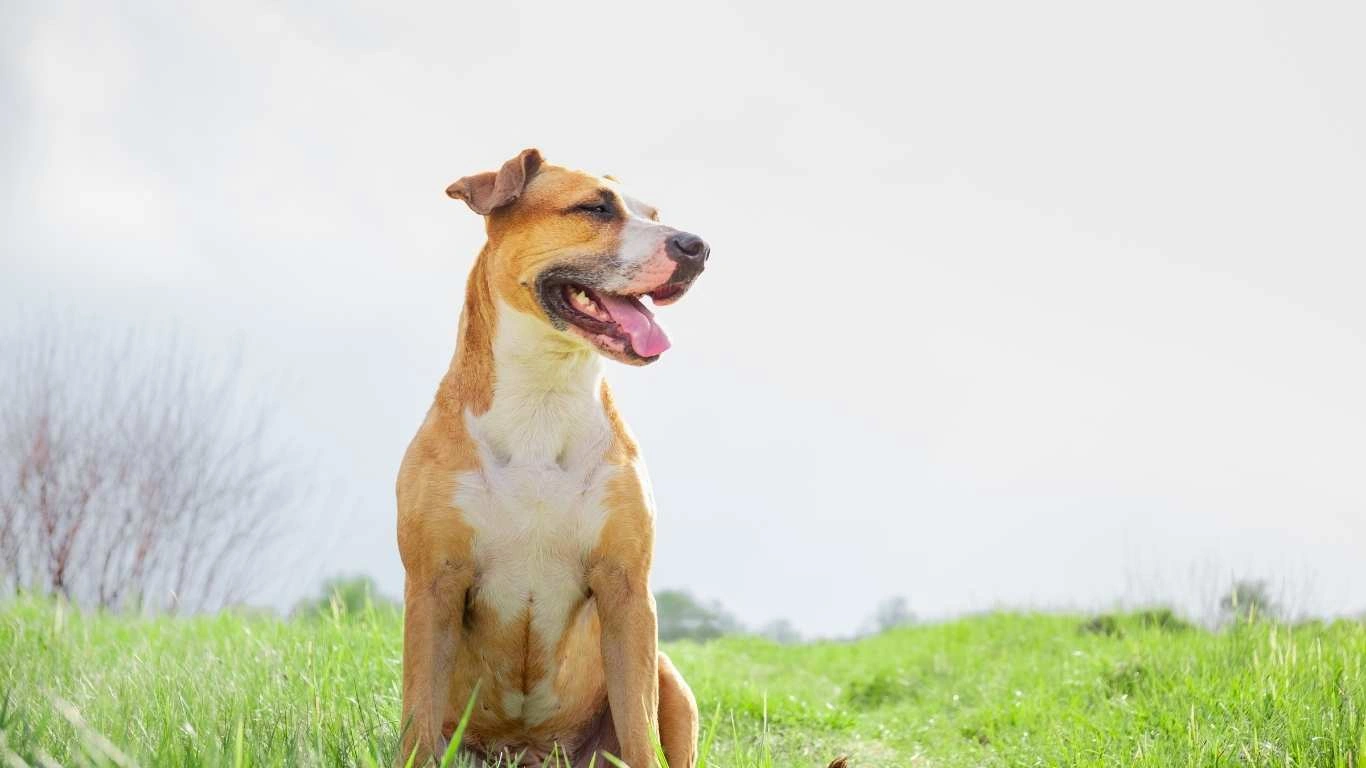
Exercise and Weight Management: Keeping Your Dog in Top Shape
The Role of Exercise in Bladder Health
Another key part of managing your dog’s health after bladder stones is exercise. I always recommend regular exercise to pet owners, especially those with dogs who are prone to urinary tract issues. Regular physical activity helps maintain a healthy weight, which is essential for preventing bladder problems and urinary issues.
Obesity puts additional pressure on the urinary system, which can contribute to the formation of bladder stones. By keeping your dog active, you reduce the risk of weight-related issues that could exacerbate bladder health. Plus, exercise encourages your dog to drink more water, which, as we discussed earlier, is critical for stone prevention.
Whether it’s daily walks, playtime in the backyard, or trips to the park, make sure your dog is getting enough movement to stay healthy. Depending on their breed and age, you might want to consult your vet about the ideal amount of exercise for your dog. Just remember, consistency is key!
Weight Management: A Crucial Factor in Bladder Stone Prevention
Speaking of weight, managing your dog’s weight is one of the most important factors in preventing bladder stones. Over the years, I’ve noticed that many dogs with a history of bladder stones are either overweight or under-exercised. This combination can lead to problems like obesity, which strains the urinary system and increases the likelihood of stone formation.
When you monitor your dog’s food intake, exercise, and weight, you’re not just helping them avoid obesity—you’re also contributing to a healthier urinary tract. If your dog is overweight, I recommend working with your vet to create a weight-loss plan tailored to their needs. This may include a low-calorie food option, more frequent meals with smaller portions, and increased physical activity.
Behavioral Considerations: Helping Your Dog Adapt to Dietary Changes
Making dietary changes for a dog with a history of bladder stones can be a challenge, especially if they’re picky eaters or have grown accustomed to certain types of food. I’ve seen this happen countless times—dogs who are used to a specific diet or routine can sometimes resist new foods or meal schedules. But don’t worry! With a little patience, you can help your dog adjust to a new feeding routine that will benefit their bladder health in the long run.
Making the Transition Smooth
When introducing a new diet, it’s important to do it gradually. This will help avoid digestive upset and give your dog’s body time to adjust. Start by mixing a small amount of the new food with their old food, gradually increasing the proportion of the new food over the course of about a week. This is a proven method to ease the transition while ensuring your dog’s digestion stays on track.
Additionally, if your dog is used to eating dry kibble but you’re switching to wet food to increase their hydration, you can mix the wet food with a little water to make the transition smoother. I’ve found that dogs often enjoy the change, especially if you add a bit of low-sodium broth for extra flavor.
Encouraging Hydration
It’s not always easy to get a dog to drink more water, especially if they’re not used to drinking a lot. Over the years, I’ve learned that the key to encouraging hydration is consistency and creativity. For example, offering fresh water throughout the day and using pet water fountains can entice your dog to drink more. You can also add ice cubes to their water bowl for added interest or even freeze some water or low-sodium broth into fun, edible ice cubes that your dog will love!
Remember, hydration is one of the most important factors in bladder stone prevention. If your dog seems reluctant to drink, you can also try adding water to their food or feeding them more wet food to help with hydration.
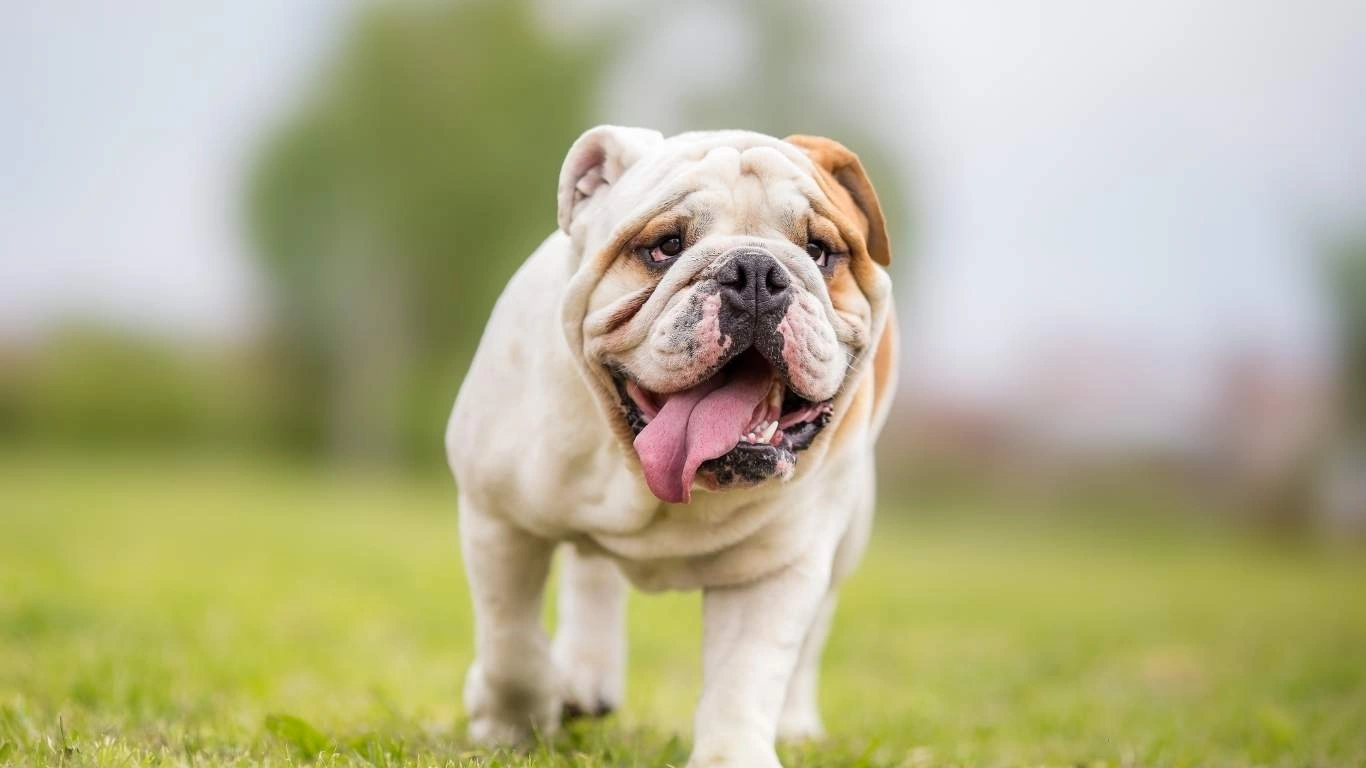
References and Disclaimer
For more information on managing bladder stones in dogs, I recommend referring to trusted veterinary resources, such as the PawPatron website, or speaking with your veterinarian. Every dog is unique, and only a vet can provide a tailored health plan that suits your dog’s specific condition. Always follow your vet’s guidance when it comes to diet, supplements, or exercise routines for bladder stone prevention.
Disclaimer: This article provides general information and should not be considered a substitute for professional veterinary advice. Always consult your veterinarian for personalized recommendations regarding your dog’s diet, treatment, and care.


